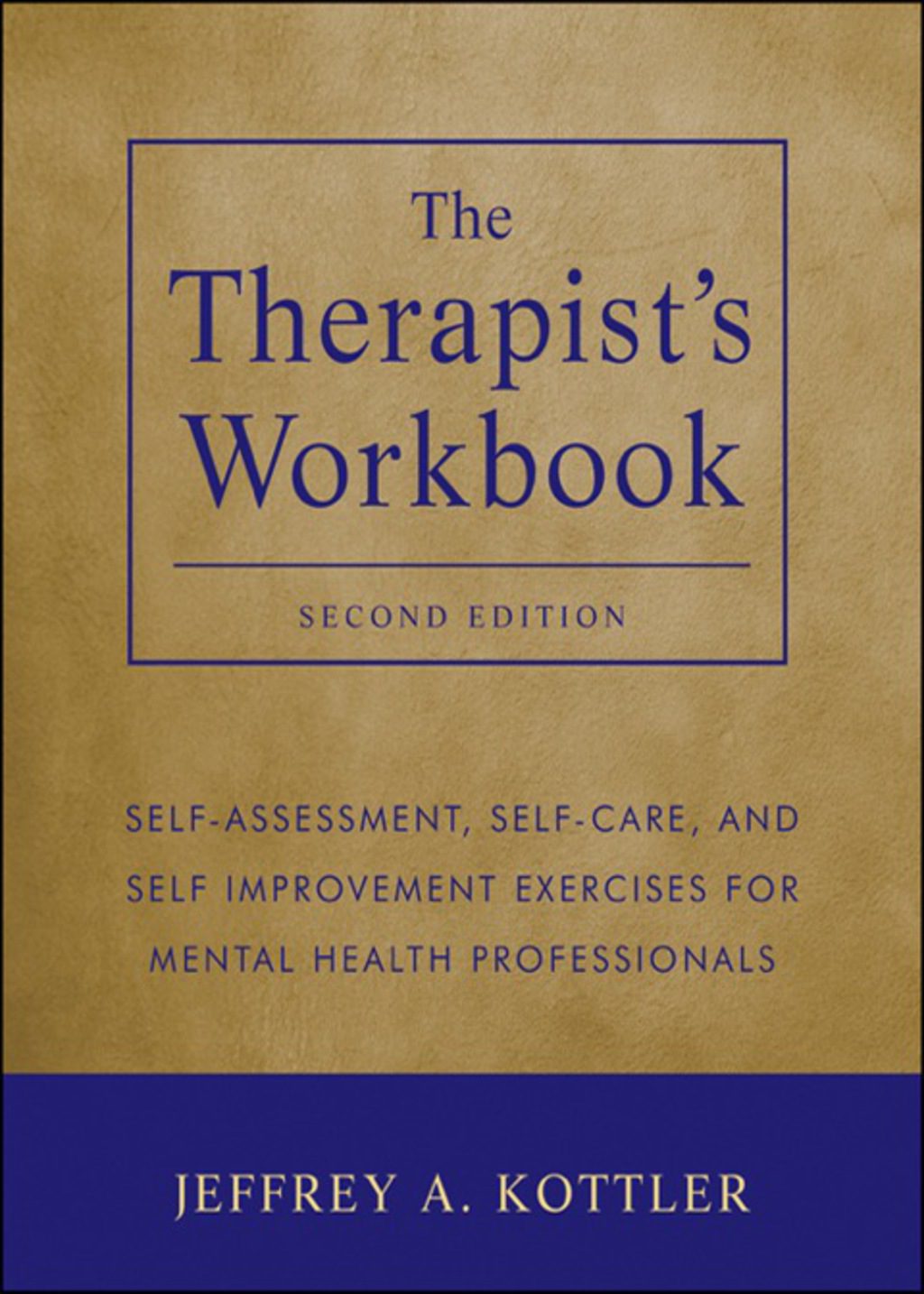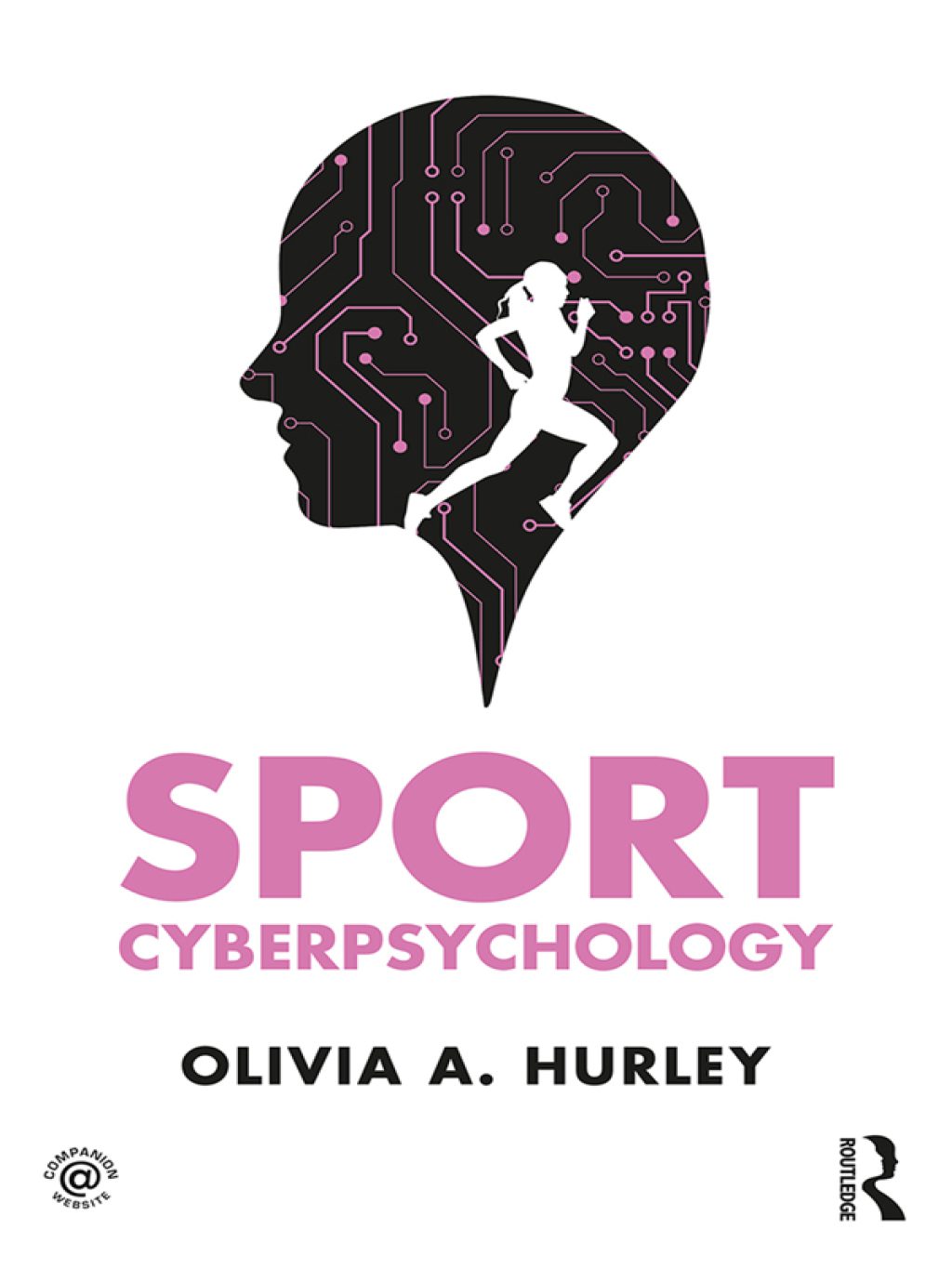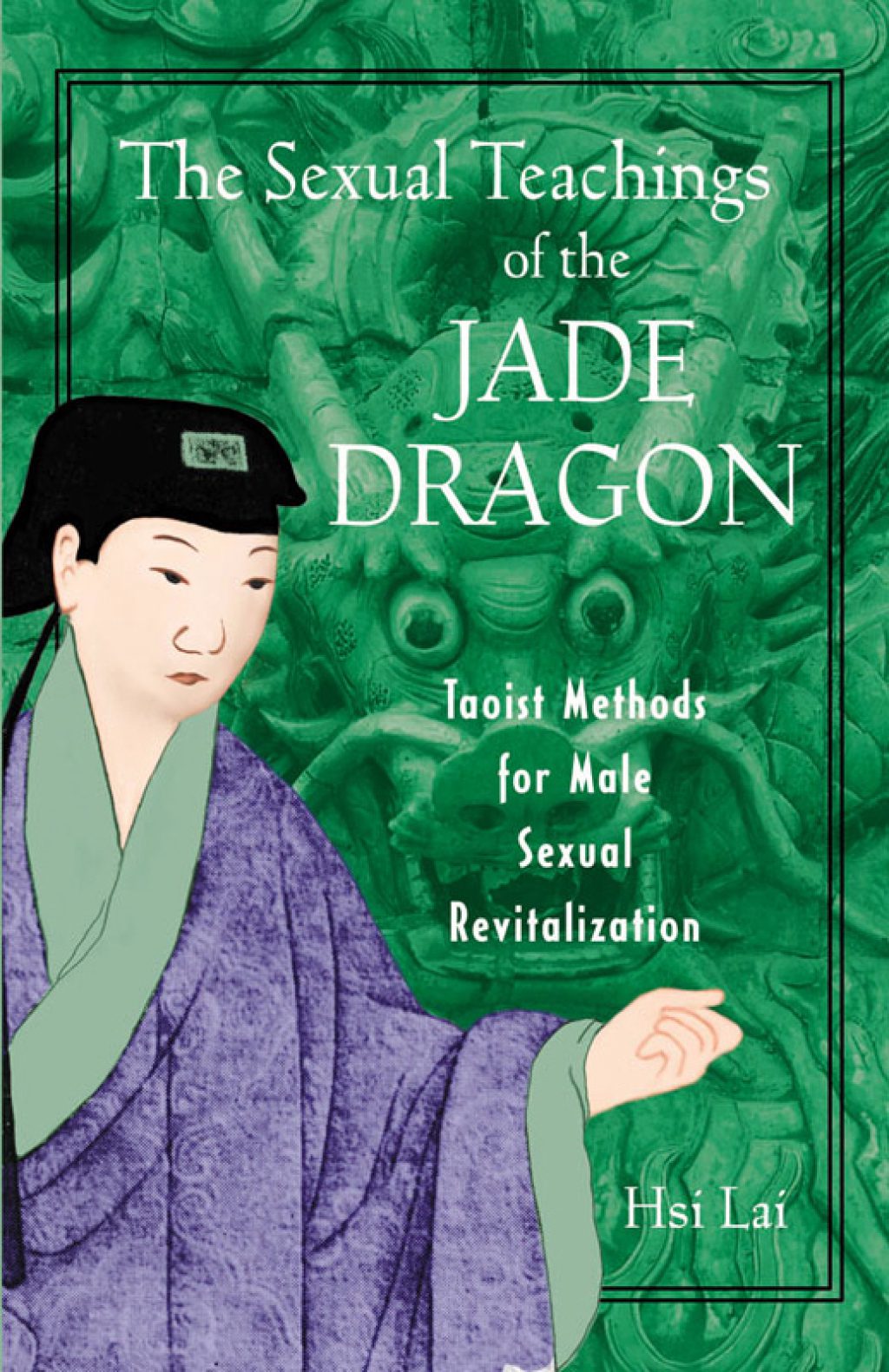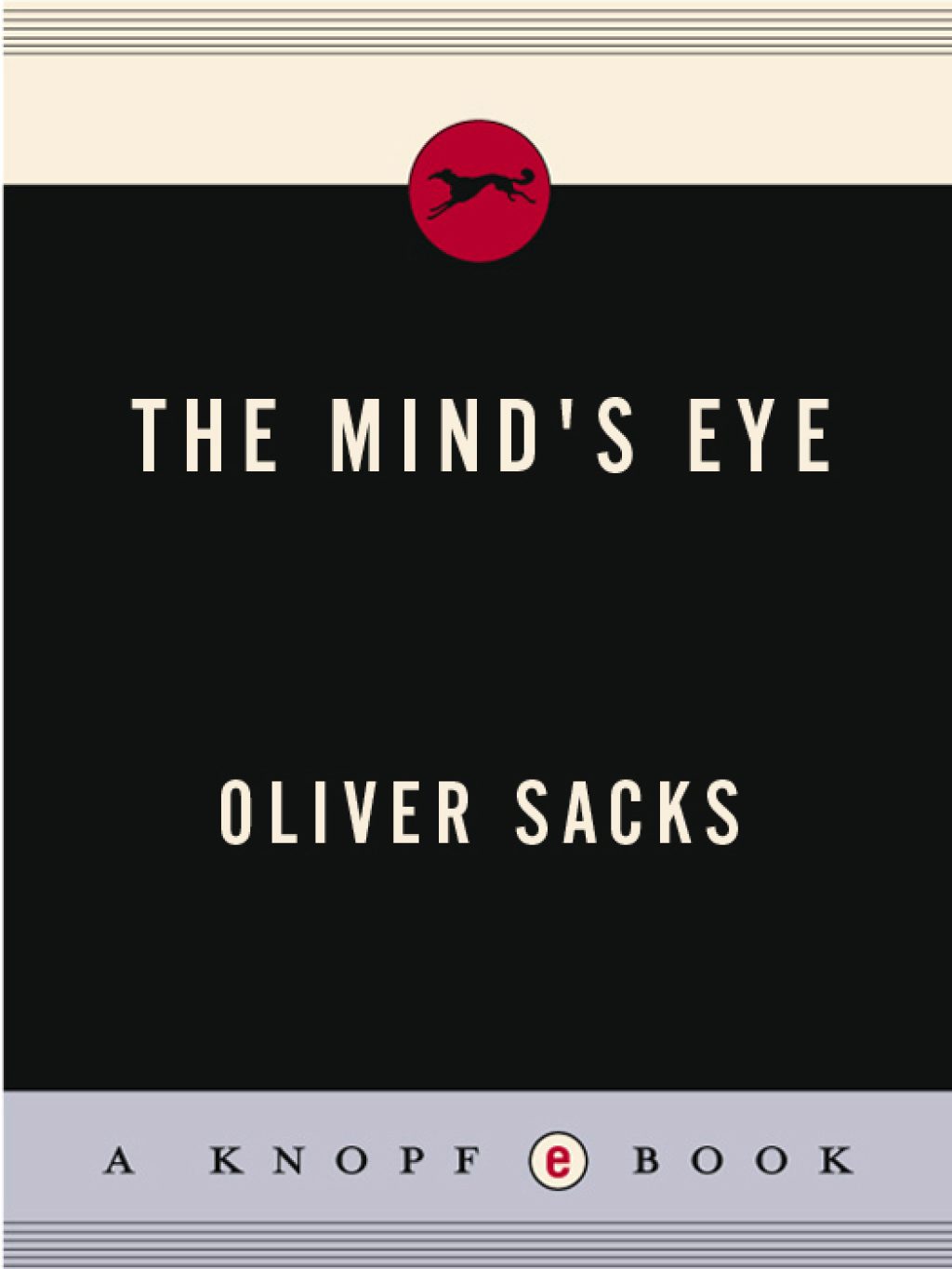Table of contents :
xiii……Page 1
xv……Page 2
Erratum to “Thermophysiologic Aspects of the Three-Process-Model of Sleepiness Regulation” [Clin Sports Med 24 (2) (2005) 287……Page 4
Interviewing Principles for the Psychiatrically Aware Sports Medicine Physician……Page 5
Depression……Page 6
Bipolar disorder……Page 7
Panic disorder……Page 8
Social anxiety disorder……Page 10
Post-traumatic stress disorder……Page 11
Obsessive-compulsive disorder……Page 12
Anorexia……Page 13
Bulimia Nervosa……Page 14
Alcoholism and substance abuse history……Page 15
Anabolic steroid abuse……Page 16
Pathological gambling and fantasy league involvement……Page 18
Attention deficit/hyperactivity disorder……Page 19
Dementia Pugilistic……Page 20
Overtraining……Page 21
Learning disabilities……Page 22
Sports parents interview……Page 23
Transference……Page 24
Third-party payment……Page 25
References……Page 26
Case 1……Page 30
Methodology……Page 31
The Process of Clinical Evaluation……Page 32
Case 2……Page 33
Range of Psychiatric Problems in Athletes……Page 34
Inducing Athletes to Undergo Treatment……Page 35
Step 3: Deliver Psycho-Education……Page 36
Step 6: Refer……Page 37
Summary……Page 38
References……Page 39
Developmental Overview of Child and Youth Sports for the Twenty-first Century……Page 41
Physical and Physiological Readiness……Page 42
Self-evaluative thinking……Page 43
Moral Developmental Readiness……Page 44
Benefits of Youth Sports……Page 45
Risks of Sports Participation……Page 47
Adverse psychophysiological and somatoform effects of sports……Page 48
Parents as Both Role Models and Active Stress Inducers……Page 50
Program Coordinators……Page 51
The Racial and Gender Report Card……Page 52
The interface between sports psychiatry and sports medicine specialists……Page 53
Summary and future challenges……Page 59
References……Page 60
Achievement by Proxy Distortion in Sports: A Distorted Mentoring of High-Achieving Youth. Hi………..Page 63
An evolutionary historical perspective……Page 65
Prior psychological and psychiatric research……Page 67
The developmental tasks of relationship between high-achieving children and their adult caregi………..Page 68
Achievement by proxy distortion and factitious disorder by proxy……Page 72
Maintenance of supportive achievement by proxy behavior in families: achievement by proxy disto………..Page 73
Risky Sacrifice……Page 74
Objectification……Page 75
Physical abuse……Page 76
Sexual abuse……Page 78
Recognize the “Red Flags” of Achievement by Proxy Disorder……Page 79
Role of the mental health consultant……Page 80
Some Quotes……Page 81
Possible Therapeutic Strategies Illustrated by the Vignette……Page 82
References……Page 83
Attention Deficit/Hyperactivity Disorder and Psychopharmacologic Treatments in the Athlete……Page 87
Characteristics of attention deficit/hyperactivity disorder……Page 88
Case vignette……Page 89
Attention deficit hyperactivity disorder and the youth athlete……Page 91
Medication treatment of athletes who have attention deficit hyperactivity disorder……Page 94
History of stimulant use in sports……Page 97
Summary……Page 99
References……Page 100
Aggression and Sport……Page 102
Biological Factors……Page 103
Psychological Issues……Page 105
Social Issues……Page 106
Summary……Page 108
References……Page 109
Suicide in Athletes: A Review andCommentary……Page 110
Results……Page 111
Injury……Page 112
Pressure to Win……Page 114
Substance Abuse……Page 115
Retirement……Page 116
Anabolic Steroid Abuse……Page 117
Eating Disorder……Page 118
Homosexuality……Page 119
Sexual Abuse……Page 120
Discussion……Page 121
Athletics as therapy……Page 122
Prevention……Page 123
References……Page 124
Prevalence……Page 127
Diagnosis……Page 129
Etiology……Page 131
Treatment……Page 133
Comorbidities……Page 135
Organization response and cultural change……Page 136
Summary……Page 137
References……Page 138
Substance Use in Athletics: A Sports Psychiatry Perspective……Page 140
Alcohol……Page 141
Stimulants……Page 143
Spit tobacco……Page 145
Steroids……Page 146
Discussion……Page 148
References……Page 150
Invisible Players: A Family Systems Model……Page 153
The case of the Stanley family……Page 154
Family Interactions……Page 155
Developmental Events……Page 156
Family as Source of Support or Pressure?……Page 157
The Paradox of the Athlete Family……Page 159
A developmental model for the athletic family……Page 160
The Stanley family: a developmental analysis……Page 161
Stage One: The Unattached Young Adult……Page 162
Stage Two: The Newly Married Couple……Page 164
Stage Three: The Athletic Family with Young Children……Page 165
Stage Four: The Family with Adolescent Children……Page 166
Stage Five: The Launching of Children……Page 168
Stage Six: The Family and Adult Children in Later Life……Page 169
Levels of Stress……Page 170
Levels of Cohesion……Page 171
Interaction Patterns……Page 172
Treating athlete families……Page 173
Goals of Treatment……Page 174
Education/Prevention……Page 175
Support……Page 176
Challenge……Page 177
The Family as Client……Page 178
A model for the healthy family……Page 179
The final session……Page 180
References……Page 181
Systemic Issues Involved in Working with Professional Sports Teams……Page 183
Applied systems theory and the professional sports organization……Page 186
The athlete and the intra-psychic system……Page 187
Identification……Page 188
Alignment……Page 189
Disdain……Page 190
Envy……Page 191
Ethnic issues……Page 192
Summary……Page 194
References……Page 195
Professional and Collegiate Team Assistance Programs: Services and Utilization Patterns……Page 197
Professional Teams……Page 198
University Athletics……Page 199
Professional Teams……Page 200
University Athletics……Page 201
Professional Teams……Page 202
University Athletics……Page 205
Strategies……Page 206
Connect with Preseason Physicals and Injured Athletes……Page 207
Provide Critical-Incident Stress Management Services……Page 208
Think About Sleep, Jet Lag, Chronic Fatigue, and Burnout……Page 209
References……Page 210
The Sport Psychiatrist and Golf……Page 213
The pre-performance routine……Page 214
Beyond choking—three distinct forms of performance failure……Page 216
Treatment of performance failure……Page 219
The role of the sport psychiatrist in golf……Page 220
Current challenges to a multidisciplinary approach……Page 222
The future of mental health in professional golf……Page 223
References……Page 224
The Use of Relaxation, Hypnosis, and Imagery in Sport Psychiatry……Page 226
Imagery techniques to enhance performance……Page 227
Clinical applications and case studies……Page 228
References……Page 229
The Interface between Sports Psychiatry and Spor
Free Download
Series: Clin Sports Med
Volume: Volume 24 Issue 4 October
Size: 3 MB (3337405 bytes)
Pages: 230/230
File format: pdf
Language: English
Publishing Year: 2006
Direct Download: Coming soon..
Download link:
Category: PsychologySign in to view hidden content.
Be the first to review “The Interface between Sports Psychiatry and Spor” Cancel reply
You must be logged in to post a review.







Reviews
There are no reviews yet.